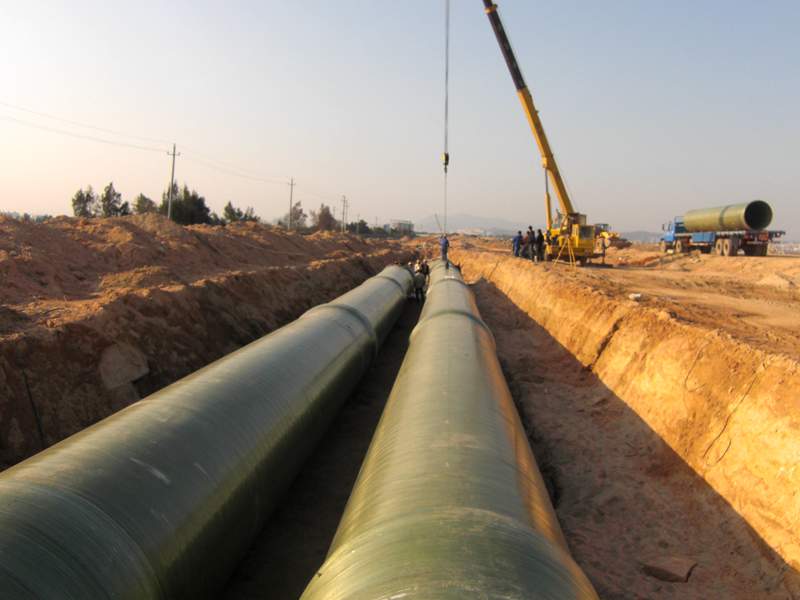
-
 Afrikaans
Afrikaans -
 Albanian
Albanian -
 Amharic
Amharic -
 Arabic
Arabic -
 Armenian
Armenian -
 Azerbaijani
Azerbaijani -
 Basque
Basque -
 Belarusian
Belarusian -
 Bengali
Bengali -
 Bosnian
Bosnian -
 Bulgarian
Bulgarian -
 Catalan
Catalan -
 Cebuano
Cebuano -
 China
China -
 China (Taiwan)
China (Taiwan) -
 Corsican
Corsican -
 Croatian
Croatian -
 Czech
Czech -
 Danish
Danish -
 Dutch
Dutch -
 English
English -
 Esperanto
Esperanto -
 Estonian
Estonian -
 Finnish
Finnish -
 French
French -
 Frisian
Frisian -
 Galician
Galician -
 Georgian
Georgian -
 German
German -
 Greek
Greek -
 Gujarati
Gujarati -
 Haitian Creole
Haitian Creole -
 hausa
hausa -
 hawaiian
hawaiian -
 Hebrew
Hebrew -
 Hindi
Hindi -
 Miao
Miao -
 Hungarian
Hungarian -
 Icelandic
Icelandic -
 igbo
igbo -
 Indonesian
Indonesian -
 irish
irish -
 Italian
Italian -
 Japanese
Japanese -
 Javanese
Javanese -
 Kannada
Kannada -
 kazakh
kazakh -
 Khmer
Khmer -
 Rwandese
Rwandese -
 Korean
Korean -
 Kurdish
Kurdish -
 Kyrgyz
Kyrgyz -
 Lao
Lao -
 Latin
Latin -
 Latvian
Latvian -
 Lithuanian
Lithuanian -
 Luxembourgish
Luxembourgish -
 Macedonian
Macedonian -
 Malgashi
Malgashi -
 Malay
Malay -
 Malayalam
Malayalam -
 Maltese
Maltese -
 Maori
Maori -
 Marathi
Marathi -
 Mongolian
Mongolian -
 Myanmar
Myanmar -
 Nepali
Nepali -
 Norwegian
Norwegian -
 Norwegian
Norwegian -
 Occitan
Occitan -
 Pashto
Pashto -
 Persian
Persian -
 Polish
Polish -
 Portuguese
Portuguese -
 Punjabi
Punjabi -
 Romanian
Romanian -
 Russian
Russian -
 Samoan
Samoan -
 Scottish Gaelic
Scottish Gaelic -
 Serbian
Serbian -
 Sesotho
Sesotho -
 Shona
Shona -
 Sindhi
Sindhi -
 Sinhala
Sinhala -
 Slovak
Slovak -
 Slovenian
Slovenian -
 Somali
Somali -
 Spanish
Spanish -
 Sundanese
Sundanese -
 Swahili
Swahili -
 Swedish
Swedish -
 Tagalog
Tagalog -
 Tajik
Tajik -
 Tamil
Tamil -
 Tatar
Tatar -
 Telugu
Telugu -
 Thai
Thai -
 Turkish
Turkish -
 Turkmen
Turkmen -
 Ukrainian
Ukrainian -
 Urdu
Urdu -
 Uighur
Uighur -
 Uzbek
Uzbek -
 Vietnamese
Vietnamese -
 Welsh
Welsh -
 Bantu
Bantu -
 Yiddish
Yiddish -
 Yoruba
Yoruba -
 Zulu
Zulu
fiberglass 90 degree elbow
Understanding Fiberglass 90 Degree Elbows Applications and Benefits
Fiberglass materials have gained tremendous popularity in various industries due to their lightweight, durability, and resistance to corrosion. One of the most significant components in fiberglass piping systems is the fiberglass 90-degree elbow. This essential fitting serves a critical role in directing the flow of fluids in piping and ducting systems, and understanding its applications and benefits can help industries make informed decisions about their piping needs.
What is a Fiberglass 90 Degree Elbow?
A fiberglass 90-degree elbow is a type of fitting that allows for a change in direction of the piping system. As the name suggests, these elbows are designed to create a 90-degree turn in the piping layout. They are typically used to connect two pipes at a right angle, ensuring that the fluid flow continues smoothly without causing disruptions.
Fiberglass 90-degree elbows are made from reinforced fiberglass composites, which are composed of glass fibers and resin. This combination offers significant advantages over traditional materials like metal or PVC, making fiberglass an appealing choice for many applications.
Applications of Fiberglass 90 Degree Elbows
Fiberglass 90-degree elbows are commonly found across various industries, including
1. Chemical Processing The chemical industry often utilizes fiberglass piping systems due to their excellent resistance to corrosive substances. These elbows effectively transport chemicals without the risk of contamination or material degradation.
3. Construction and Infrastructure Fiberglass elbows are frequently used in construction projects for plumbing and HVAC systems. Their lightweight nature makes them easier to handle and install, reducing labor costs and installation time.
4. Marine Applications In marine environments, the resistance to saltwater corrosion is crucial. Fiberglass 90-degree elbows are ideal for use in boat plumbing and offshore equipment, providing durability and longevity.
fiberglass 90 degree elbow

5. Power Generation Power plants utilize fiberglass piping for cooling systems, steam lines, and chemical transport, benefiting from the material’s excellent thermal insulation properties and resistance to temperature fluctuations.
Benefits of Using Fiberglass 90 Degree Elbows
The advantages of fiberglass 90-degree elbows extend beyond their applications. Consider the following benefits
1. Corrosion Resistance One of the most significant advantages of fiberglass is its resistance to corrosion. Traditional materials can deteriorate over time due to chemical exposure, leading to costly repairs. Fiberglass elbows resist rust and chemical attacks, ensuring a longer lifespan.
2. Lightweight Design Fiberglass is significantly lighter than metals, making it easier to transport and install. Reduced labor costs associated with handling and fitting these components further enhance their appeal.
3. Thermal Insulation Fiberglass has inherent insulating properties, which helps maintain temperature control within the piping system. This is particularly beneficial for applications requiring temperature-sensitive materials.
4. Low Maintenance Due to their durability and resistance to environmental factors, fiberglass elbows require minimal maintenance. This can lead to lower operational costs over time.
5. Customization Options Fiberglass elbows can be manufactured in various sizes and configurations to meet specific project requirements. This flexibility allows for tailored solutions in complex piping layouts.
Conclusion
Fiberglass 90-degree elbows are an integral part of modern piping systems across diverse industries. Their corrosion resistance, lightweight design, thermal insulation, and low maintenance requirements make them an ideal choice for a variety of applications. As industries continue to seek innovative solutions for efficient fluid handling, fiberglass fittings, including 90-degree elbows, will undoubtedly play a pivotal role in the future of piping technology. Understanding their benefits and applications can empower businesses to optimize their operations and ensure reliability in their piping systems.









